Walter Reed Transport Hospital
 The newly unveiled Patient Evacuation Vehicle idles in front of Walter Reed Army Medical Center in Washington, D.C., June 5, 2008. One of an expected three-vehicle fleet, this PEV -- a semi-trailer-sized hospital on wheels -- will make wounded soldiers' ride to Walter Reed safer and smoother than the buses they slated are to replace.
The newly unveiled Patient Evacuation Vehicle idles in front of Walter Reed Army Medical Center in Washington, D.C., June 5, 2008. One of an expected three-vehicle fleet, this PEV -- a semi-trailer-sized hospital on wheels -- will make wounded soldiers' ride to Walter Reed safer and smoother than the buses they slated are to replace. Defense Dept. photo by John J. Kruzel
 Army Maj. Gen. Carla G. Hawley-Bowland, commander of North Atlantic Regional Medical Command and Walter Reed Army Medical Center, left, and Army Col. Patricia Horoho, commander of the Walter Reed Health Care System, center, give Army Secretary Pete Geren a tour of a Patient Evacuation Vehicle. Unveiled June 5, 2008, during a ceremony at Walter Reed Army Medical Center in Washington, D.C., the PEV is a semi-trailer-sized hospital on wheels that will make wounded soldiers' ride to Walter Reed safer and smoother.
Army Maj. Gen. Carla G. Hawley-Bowland, commander of North Atlantic Regional Medical Command and Walter Reed Army Medical Center, left, and Army Col. Patricia Horoho, commander of the Walter Reed Health Care System, center, give Army Secretary Pete Geren a tour of a Patient Evacuation Vehicle. Unveiled June 5, 2008, during a ceremony at Walter Reed Army Medical Center in Washington, D.C., the PEV is a semi-trailer-sized hospital on wheels that will make wounded soldiers' ride to Walter Reed safer and smoother. Defense Dept. photo by John J. Kruzel
Walter Reed Rolls Out Safer, Smoother Transport for Wounded
By John J. Kruzel American Forces Press Service
WASHINGTON, June 5, 2008 - Walter Reed Army Medical Center rolled out a sophisticated new vehicle today that will make wounded soldiers' ride to the Army hospital safer and smoother.
The Patient Evacuation Vehicle, a semi-trailer-sized hospital on wheels that will phase out buses currently used to transport wounded troops to Walter Reed from Andrews Air Force Base, Md., was unveiled in a ceremony here.
"[This is] the latest innovation in our ongoing efforts to promote and preserve the health and strength of the world's finest servicemembers," Army Maj. Gen. Carla G. Hawley-Bowland, commander of North Atlantic Regional Medical Command and Walter Reed Army Medical Center, told the crowd on hand for the event.
Hawley-Bowland called the Patient Evacuation Vehicle, or PEV, an "incredible leap forward" in the care and transport of injured soldiers. The PEV fits up to 12 ambulatory and 16 nonambulatory patients, more than three times the capacity of the buses currently in use.
By the end of summer, the fleet is expected to grow to three PEVs, which boast smoother suspension than their Blue Bird bus counterparts, and allow hospital personnel to administer medical oxygen, air or suction to patients in need.
"They can transform this PEV into an intensive-care unit," Hawley-Bowland said. "This capability can save countless lives during the ride from Andrews to Walter Reed."
Army Secretary Pete Geren praised the leaders of industry and medicine who cooperated to help "make this dream a reality."
"Today, so much of medicine - when you get outside of the military - is all about business," he said. "But in the Army, medicine is all about service; it's all about taking care of soldiers, taking care of their families.
"Every day we pledge to do better than we did the day before," Geren continued, "and this is one more example of leadership at Walter Reed stepping forward to do more for the men and women who bear the battle for all of us in the United States."
Army Col. Patricia Horoho, commander of the Walter Reed Health Care System, said fielding the PEV is another example of the Army hospital's dedication to serving wounded warriors.
"This new Patient Evacuation Vehicle shows our commitment and the commitment of the Army to providing the best care for our patients before they arrive at the hospital [as] we welcome them home," she said.
In addition to transporting injured from military installations, Walter Reed will make its PEV fleet available to the National Capital Region if a mass-casualty event or other medical emergency occurs.
"[The PEV] also shows that we take our responsibilities to our neighbors in Washington very seriously in order to improve emergency medical preparedness, and to medically support the many special events that take place regularly in the national capital region," Horoho said.



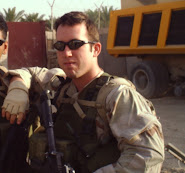






























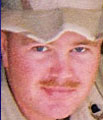






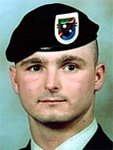




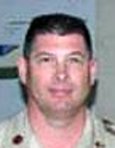
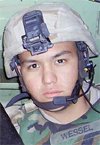






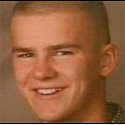



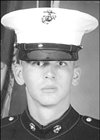








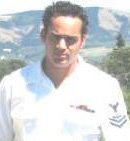


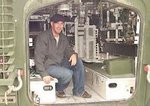




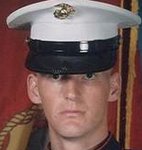
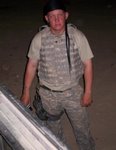
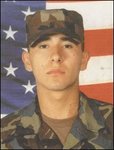


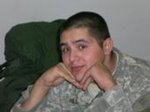
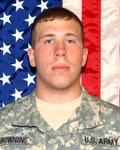






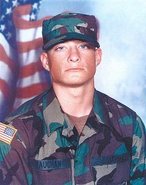

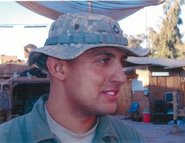


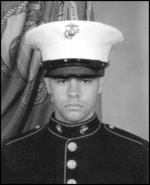
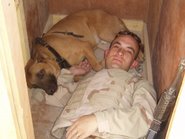
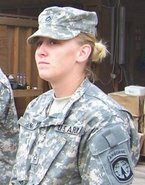

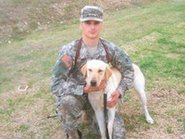

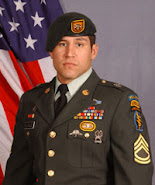





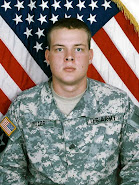
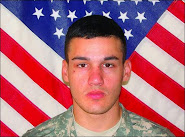



No comments:
Post a Comment